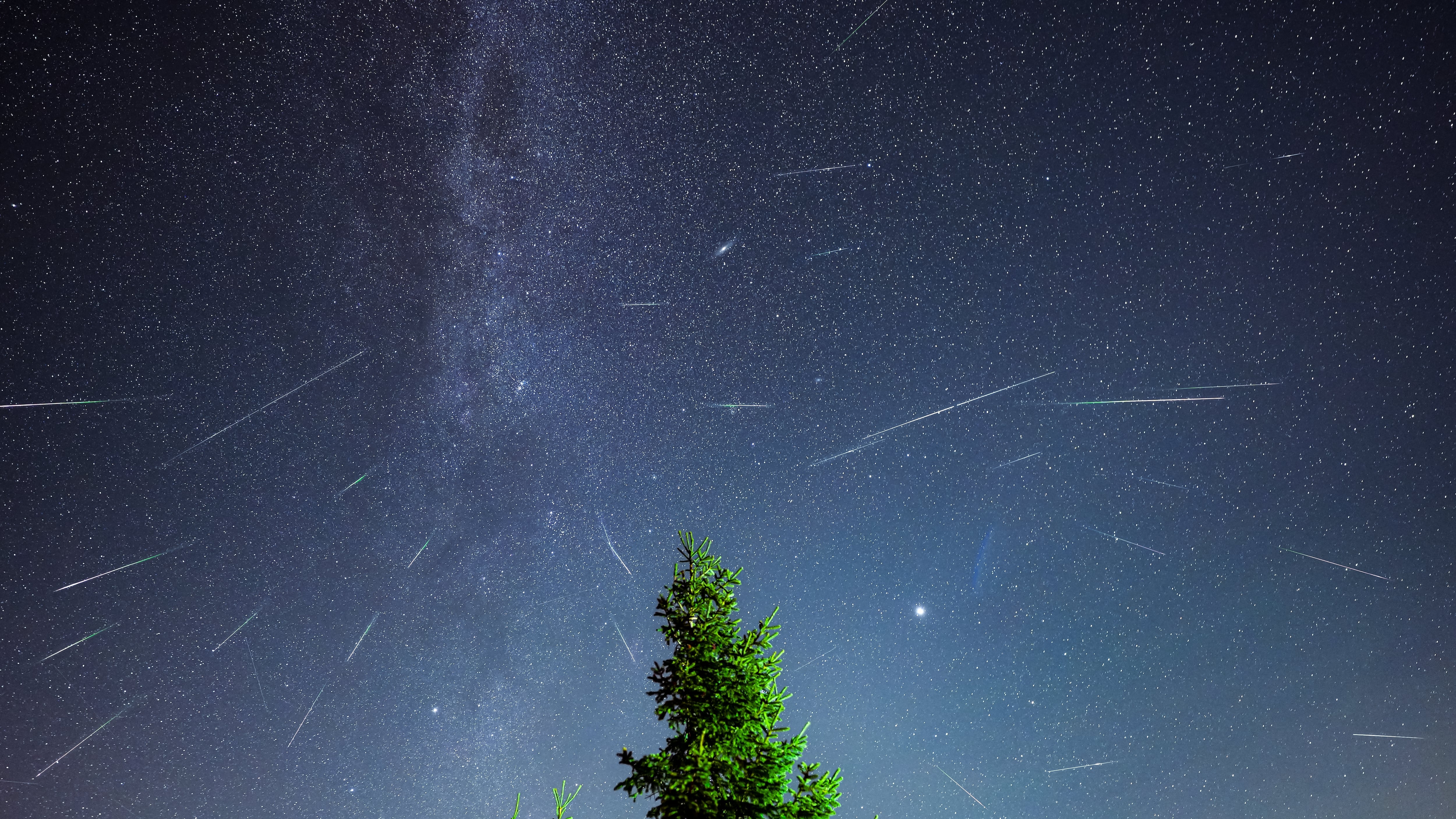I used to think meteor showers’ appearance at the same time every year (like the recent Perseids) was caused by Earth passing through various clouds of space dust lying across its orbit. But nothing just floats, stationary, in space, does it? What’s the deal? —Shooting Star
You raise an interesting question, Star. That said, I can’t help noticing that it would have been even more interesting if you’d asked it in July or August, when the Perseids were actually going on. (Don’t worry, you’re completely typical in this respect. I’ll be watching my mailbox for Black Friday questions from you and your fellow readers come February.)
Luckily for my fig leaf of a news peg, two other showers, the Southern Taurids and the Orionids, begin this very week. They may not be as famous as the Perseids, but there are two of them, which clearly makes this column about as timely as a news item about a phenomenon that predates the Cambrian can be.
You’re correct that things don’t just hang out in space. There’s a popular misconception (fueled by cartoons about the Illudium Q-36 Space Modulator) that a few hundred miles up you can “escape Earth’s gravity” and float around like Space Ghost, but you can’t. Even the International Space Station would crash to Earth like a pallet of frozen turkeys if it weren’t hurtling sideways through space at 17,500 mph.
The same rule applies to everything. Objects in our vicinity, including Earth itself, need to be moving at around 67,000 mph to avoid plunging into the sun. (The speed varies inversely with distance.) There’s no way for clouds of debris to just hang around, waiting for Earth to pass through them.
What, then? Well, most of these meteoroids travel in the same highly eccentric orbits as the comets that shed them—that’s where they came from. The orbit of Halley’s Comet (I’m asserting my right as an old person to ignore its new name, Comet Halley) is a long, skinny ellipse strewn with space pebbles that runs from Venus to Neptune and crosses Earth’s orbit at only one point, which we’re hitting right about now. So even though we only see the actual Halley’s Comet once every 76 years, thanks to this whirling ring of comet dandruff, we can enjoy the Orionids every fall—just in time for my annual tax-filing day roundup!
Questions? Send them to dr.know@wweek.com.

